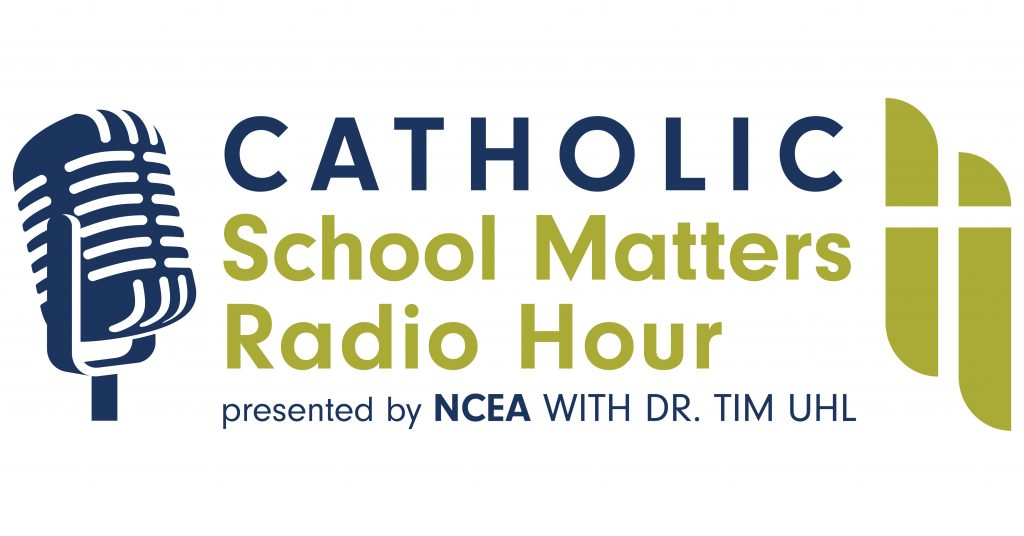
The late Thomas Sergiovanni once wrote that if we were to change the metaphor of schools from organization to community it would change how schools are run, how we motivate teachers and students, and it would change our understanding of leadership and authority. It’s worth recognizing that many of our Catholic schools claim to be communities or families—yet a hierarchical system of authority undergirds that metaphor. Also, many leaders fall short of community principles with their leadership styles. When we enforce policy at all costs, for instance, we send the message that policies outweigh relationships.
Sergiovanni’s article came to mind when I visited Bishop Manogue High School last month. When I visited two years ago, the school was in transition. The school had seen continuous leadership and staff turnover. Their new principal, Bri Thoreson, sought ways to build morale and build community after she recognized that the turnover had led to trust issues, which was clear to me as an accreditation team member.
She attended a school culture workshop with a few teachers and tried two initiatives which both failed. This story has a happy ending but it’s important to recognize that Thoreson’s first two initiatives failed. Success doesn’t always come immediately. She kept trying. When the school decided to become a 1:1 school, she realized that the faculty needed professional development and support. They created a popular Google classroom for teachers and Thoreson began to recognize that teachers were chatting and hanging out more—first online, then face-to-face. A new president, Matt Schiambari, was appointed and Thoreson mentioned that she wanted to start a spirit-building competition. Schiambari encouraged her to try. He gave her the freedom to try another program and promised to participate.
Thoreson launched the “House Cup” competition last fall. Staff members were randomly assigned to four houses (named for the four Harry Potter houses) and were given points for attending school events, competing in spirit competitions, and completing service projects. The Houses are given a meeting time once per month (although they meet more frequently) and the House members dress in their House colors on certain days. This is only for staff members and the winning house each semester is given $100 a piece. (This is Nevada, after all. Money has to be involved!).
On my return visit last month, every person mentioned the benefit of the House Cup. Staff members raved about the connections they have made with people from other departments. Students talked about how jealous they were that staff members can compete. They noticed that staff members are happy and friendly with one another. Everyone seemed to recognize that the House Cup competition has become contagious. School spirit is up and it looks like staff retention for next year will be lower, too.
I met Thoreson through Tony Sabatino, the late Loyola Marymount professor who impacted so many in Catholic education. Tony would have been so proud of Thoreson for her excellent leadership! Congrats to Schiambari for leading in an empowering way and for the staff of Bishop Manogue for building a community built on relationships, instead of an organization based solely on rules and hierarchy.
Want to keep up with the conversations surrounding Catholic education? Set up your own Google Alert, subscribe to this newsletter by clicking “follow,” subscribe to the Catholic Schools Daily, or subscribe to the Catholic School Matters podcast.
Top 5
Welcome to March! In this week’s newsletter, I discuss one school’s successful innovation to build community and morale. It should serve as good food for thought for this crazy month. With one foot firmly planted in finishing this year, we all have another foot planted in planning for next year. Add to that the inevitable meltdown (staff member or student) and it’s usually an interesting month. The Top 5:
- In the Leadership section, blogger David Geurin has a great piece called “Experience Alone is Not Enough” where he explores the idea that simply doing something for a few years doesn’t make you a master. There is an old joke about a retiring teacher (“he had one year of teaching experience that he repeated 24 times”) that could just as easily apply to school leaders. How are you learning from your experience?
- The next link in that same section is from Tom Barrett who explores the meaning and application of design thinking principles. Have you heard “design thinking” thrown around educational circles? Barrett’s article provides you with a great framework for understanding.
- In the Teaching & Learning section, George Couros has a great blog piece on learning new skills, “Switching it Up.”
- The next article discusses the academic benefits of hiring a school counselor. It’s worth considering the priority of student mental health.
- In the miscellaneous section, Farnam Street’s article on the mental models of an astronaut is worth a read. The discussion of mental models is thought-provoking and Shane Parrish is doing great work in this area.
Have a great week!
Podcast
On this week’s Catholic School Matters Radio Hour, I have two great conversations with two great Catholic school leaders. The founding principal of Juan Diego High School in Salt Lake City, Dr. Galey Colosimo, joins the podcast to tell the story of the origins of the school which began in 1999. The project began in 1995 and Colosimo tells the on-again, off-again story of the newest Catholic high school in Salt Lake City. Then, the Diocese of Sacramento’s Executive Director of Schools, Lincoln Snyder, joins the podcast to discuss new governance models in his diocese. Taking a unique path to the superintendency, Snyder’s business experience and work on school boards prepared him for the challenges of his current experience. He is also the first naturalized Polish citizen to join the podcast.